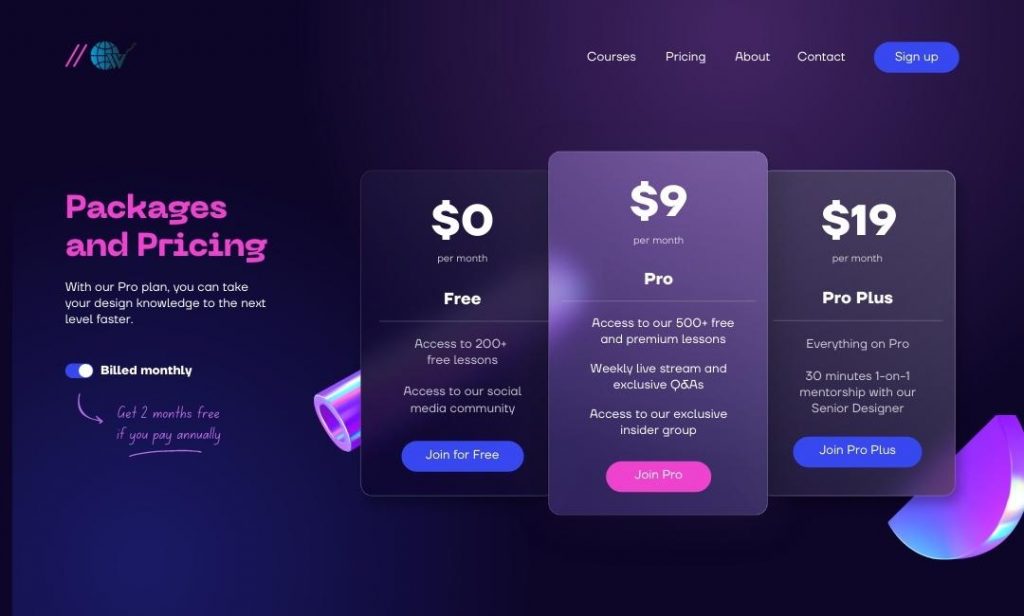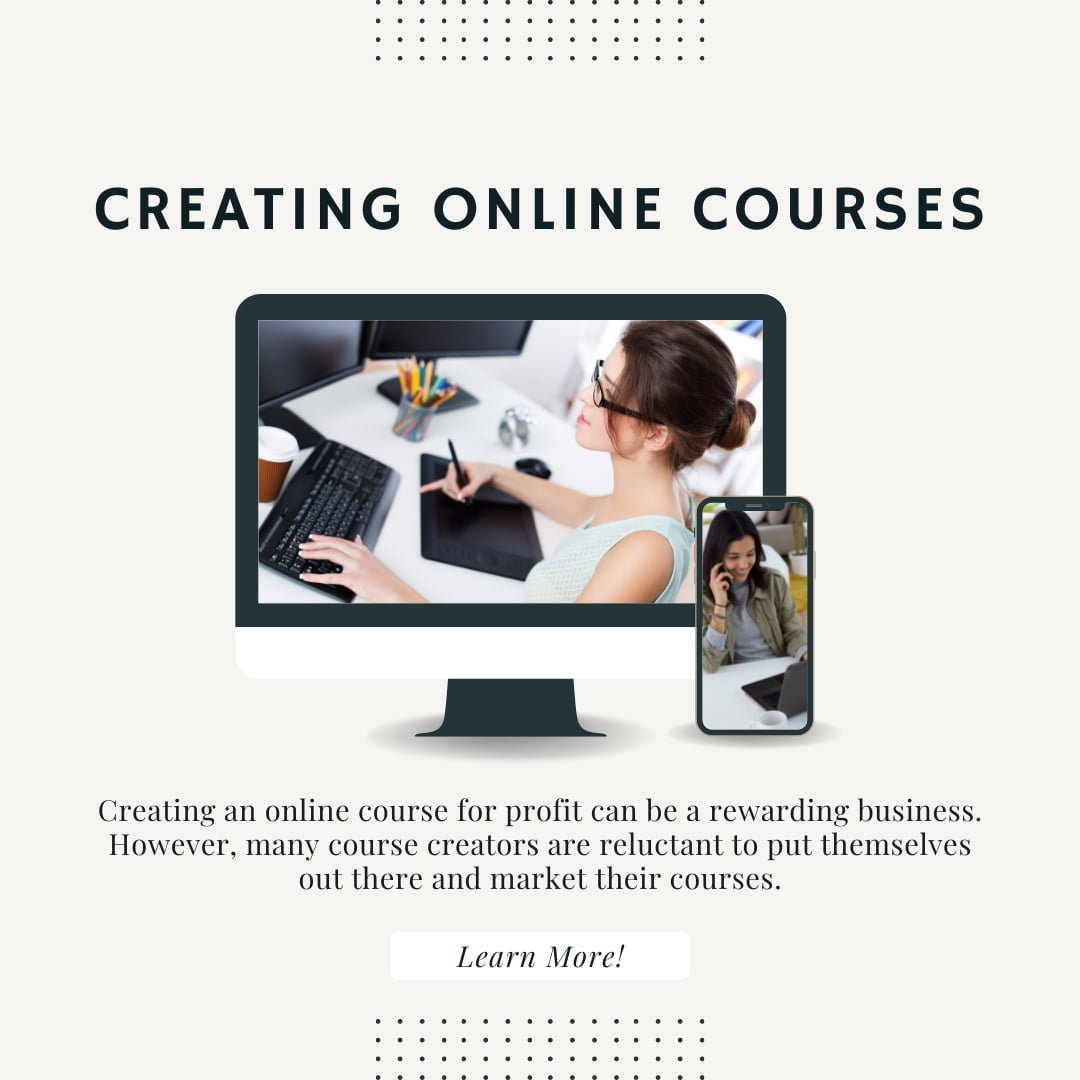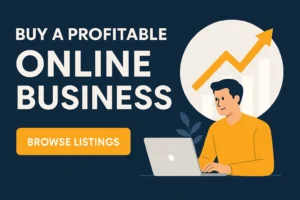Table of Contents
ToggleCreating an online course for profit can be a rewarding business. However, many course creators are reluctant to put themselves out there and market their courses. For these creators, marketplace sites are a low-risk option. However, you must abide by their terms and regulations and may not have direct access to your customers.
Finding a topic to teach
Finding a topic to teach when creating an online course for profit isn’t always easy, but there are several ways to ensure your course is well-received. First, consider the needs of your target audience. Do they have common problems? Do they have specific desires or needs? If you can answer these questions, you will have an idea of what to cover in your course.
One great way to find a topic to teach when creating online courses is to use Teachable, a platform that enables you to make and sell online courses. Teachable gives you a platform to turn your experiences into valuable knowledge. It also helps you answer your potential students’ questions and provides the necessary tools to start creating a course.

Creating an online course for profit involves a lot of strategic planning, research, and deep thought. It is important to thoroughly research your target market in order to determine your strengths and weaknesses. You also need to determine the level of competition in your niche. You may find that there are many similar courses online that offer the same type of subject matter.
While you may be tempted to choose a broad topic for your course, a narrow focus is more effective. By narrowing down your audience, you can ensure that your course will be well received by your audience. The extra time you invest into narrowing down your ideas will pay off in the long run. This will also prevent you from creating a course that doesn’t have a demand.
Creating an outline
The first step in creating an online course for profit is creating an outline for your course. Your outline should be broken up into lessons, modules, and topics. Each lesson should have a logical progression and contain action-oriented steps. It’s important to understand your audience and consider how your course can make it more engaging for them.
Next, develop an assessment plan. Ideally, the assessment plan will be closely aligned with your learning objectives. The learning objectives will detail exactly what you expect your students to learn. An assessment plan will also help you gauge student progress. You will need to identify what types of assessments will be given and at what intervals. The typical outline will include three weekly tests and a final exam. It may also include pop quizzes for students to gauge their progress.
Another key benefit to creating an outline is that it helps you overcome writer’s block. Having an outline will also help you deliver your content in a structured and orderly manner so that your students feel like experts at the end of it all. Your outline should start with the goal of each lesson. It should also include the topics that you’ll cover.
Once you’ve written an outline, you should organize it into sections. This way, you can easily divide it into topics and lessons. You should also have a short introduction to each lesson. By breaking your content up into smaller chunks, students will be more likely to engage and absorb the information. In addition, an outline will help you organize ideas and topics so that you don’t forget important information.
Next, define your target audience. When starting out, many new entrepreneurs try to appeal to everyone, which is not a good idea. Defining your audience will make it easier to sell your course.
Pricing an online course
When defining the price range for your online course, you should consider how valuable it is to your prospective students. You can offer a discount or offer installments to make it affordable for everyone. Other options include a tiered pricing system where the basic price includes the course alone and the higher tiers include bonus content and resources. Pricing your course properly is vital for maximizing its profit potential, but it also requires some experimentation. If you find that your conversion rates are low, you may be targeting the wrong audience.

When pricing your course for profit, remember that customers want assurance that they are getting something worthwhile. Including testimonials and printables in the course can help you increase the perceived value of your course. These tools are easy to add to your course, and many are free. You can also incorporate live Q&A sessions in your course, which can help you land that premium price.
Before determining the price of your course, consider your marketing budget. While it may be tempting to offer your course for less, you should keep in mind the fact that creating a quality course will cost you time and money. If you want to sell your course for more than its cost, you must allocate time to marketing and customer support.
The lower your course’s price is, the harder it will be to advertise. Nevertheless, you can consider Facebook advertising, which has 1.4 billion users. You can advertise on Facebook for as little as $1.06 per click in the education industry. This option may not be worth it, because you don’t know how much it would cost to advertise your course in front of your target audience.
Using social media to market your course
Using social media to market your online course can help you increase the visibility of your course. Social media platforms such as Facebook and YouTube are excellent ways to reach a huge audience with your courses. They are also useful for embedding longer-form content on your website. You can also leverage paid advertising to boost the visibility of your online course.
Social media gives you the chance to connect with like-minded people. You can also use this platform to give useful information to your followers and answer common questions they have. This is the best way to establish your authority and demonstrate your expertise. Moreover, this channel has a rapidly-growing user base and a highly engaged community, which can help you grow your course.
The next step in your sales pipeline is to impress your prospects with your knowledge. You can capture their email addresses by offering a free sample. You can then include calls to action in your marketing campaign to motivate them to purchase your course. In addition, you can also use countdown timers to motivate warm leads to act as soon as possible.
One of the best ways to market an online course is through social media. You should set up accounts on several social media platforms and engage with your target audience. For instance, Facebook is a great platform to host giveaways, engage with your audience, and find influencers. You can also create a Facebook business page specifically for your online course.
You can also make use of marketplace sites. These are sites that specialize in marketing courses and are geared specifically for this purpose. Many course creators feel uncomfortable with marketing their courses themselves, but using these sites is a low-risk way to try the waters. The downside is that you have to operate under the terms and conditions of the marketplace site. You might also be limited in the amount of customer information you can get from them.
Picking a niche audience
Picking a niche audience for your online course is an essential step in creating a profitable online course. A niche is a narrow, specialized part of a larger market. For example, the knitting industry is large, but there are several niches within this field. One of the most popular niches is knitted sweaters, but there are also other sub-niches within this area such as scarves and gloves.

A niche audience allows you to focus your marketing efforts. For example, if you’re creating an online course for people who have tattoos, you’ll have to create a different message to attract tattoo enthusiasts, versus those who are only interested in the most basic designs. You can further divide your niche audience into smaller groups, such as tattooing beginners or experts.
After you’ve selected your target audience, you need to think about the topics you wish you had known. This will give you an idea of the topics that interest you the most. You can then tweak your course material to meet the needs of these people. You can also use existing content as the building blocks for your online course.
Another way to find a niche audience for your online course is to use social media. Social media is the second largest source of identifiable traffic on online course platforms, and it can be a great way to find the perfect niche for your course. To do this, you can use the survey tools on top social media platforms. For example, you can run a poll on Twitter to see what kind of audience is most interested in a particular topic. You can also use relevant hashtags to reach a wider audience.
Another way to find a niche audience is to do some research. You can try searching Google for popular topics in your niche. Look for search results that are robust, which means there’s a lot of interest in this topic. However, if you find few results, this means that there are few potential customers online for this topic.






